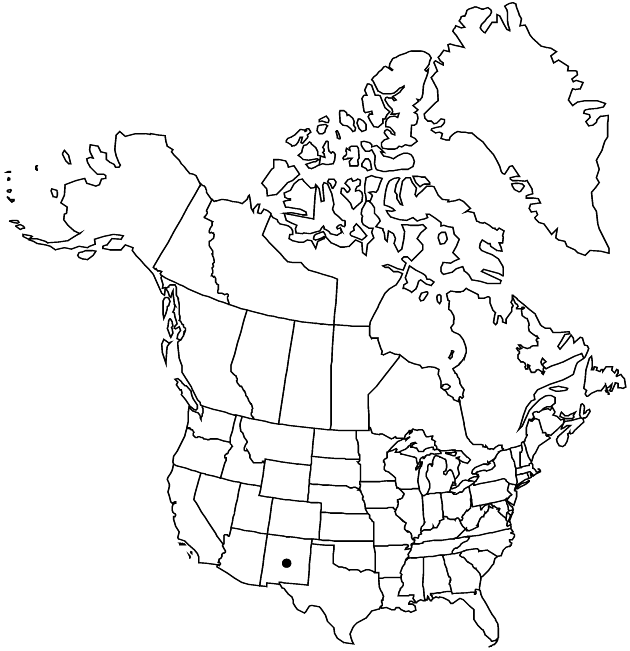Difference between revisions of "Senecio sacramentanus"
Contr. U.S. Natl. Herb. 16: 194. 1913.
FNA>Volume Importer |
FNA>Volume Importer |
||
| Line 31: | Line 31: | ||
-->{{#Taxon: | -->{{#Taxon: | ||
name=Senecio sacramentanus | name=Senecio sacramentanus | ||
| − | |||
|authority=Wooton & Standley | |authority=Wooton & Standley | ||
|rank=species | |rank=species | ||
| Line 46: | Line 45: | ||
|publication year=1913 | |publication year=1913 | ||
|special status= | |special status= | ||
| − | |source xml=https://jpend@bitbucket.org/aafc-mbb/fna-data-curation.git/src/ | + | |source xml=https://jpend@bitbucket.org/aafc-mbb/fna-data-curation.git/src/eaa6e58056e40c9ef614d8f47aea294977a1a5e9/coarse_grained_fna_xml/V19-20-21/V20_1209.xml |
|tribe=Asteraceae tribe Senecioneae | |tribe=Asteraceae tribe Senecioneae | ||
|genus=Senecio | |genus=Senecio | ||
Revision as of 19:24, 16 December 2019
Perennials, 20–50 cm (caudices fibrous-rooted). Herbage sparsely pubescent to tomentose (especially on abaxial leaf faces and among heads). Stems single or loosely clustered. Leaves progressively reduced distally; petiolate; blades triangular, triangular-lanceolate, or lanceolate, 3–10(–15) × 1.5–4 cm, bases cordate to truncate or tapered, margins serrate or dentate (mid and distal leaves sessile, bractlike). Heads nodding, 6–10+ in racemiform-paniculiform arrays. Calyculi of 2–5+ lance-deltate to filiform bractlets (lengths 1/5–1/2 phyllaries). Phyllaries ± 8, 6–9 mm, tips green. Ray florets 0. Cypselae glabrous.
Phenology: Late summer.
Habitat: Montane meadows
Elevation: 3000–3500 m
Discussion
Selected References
None.
Lower Taxa
None.
